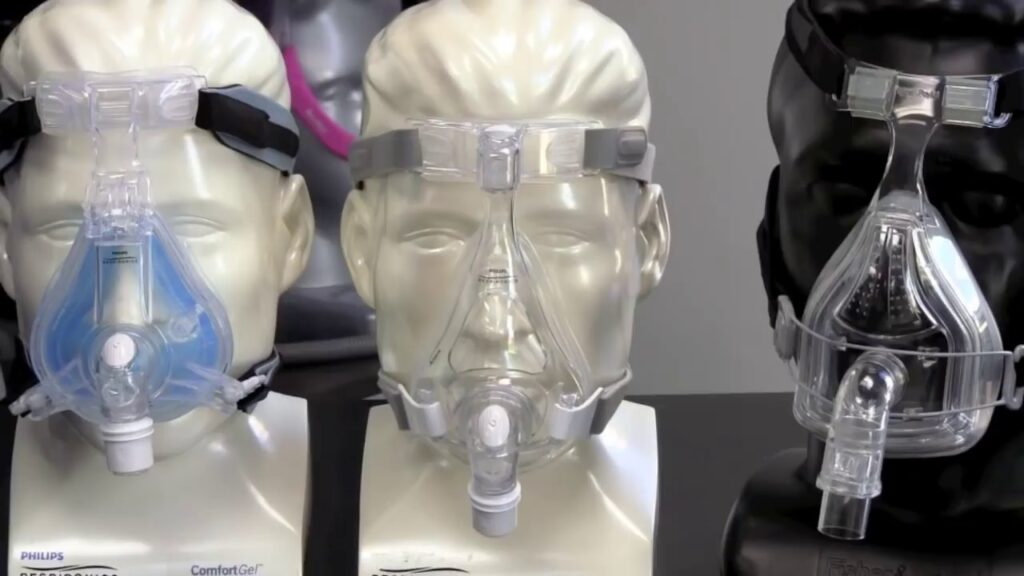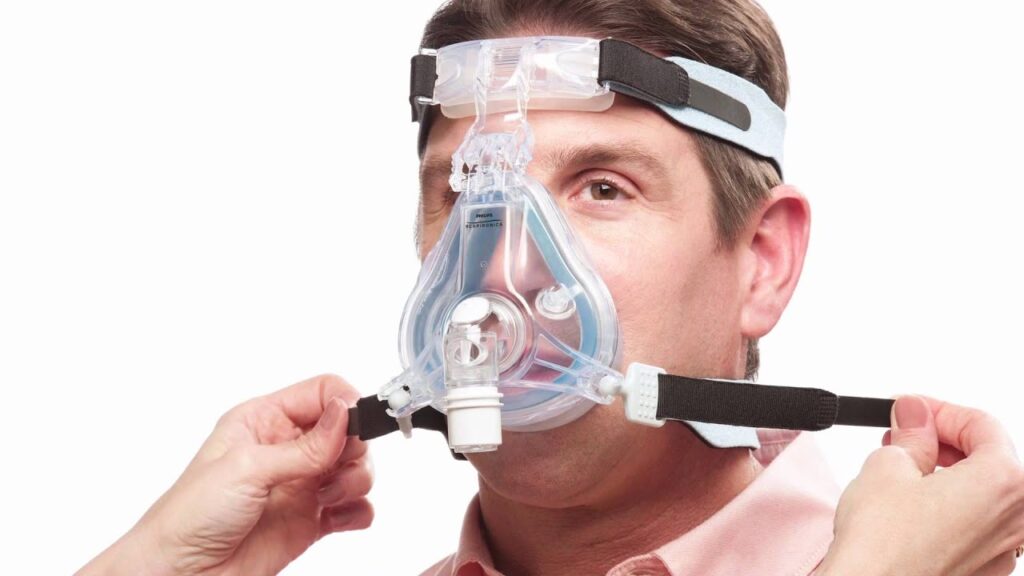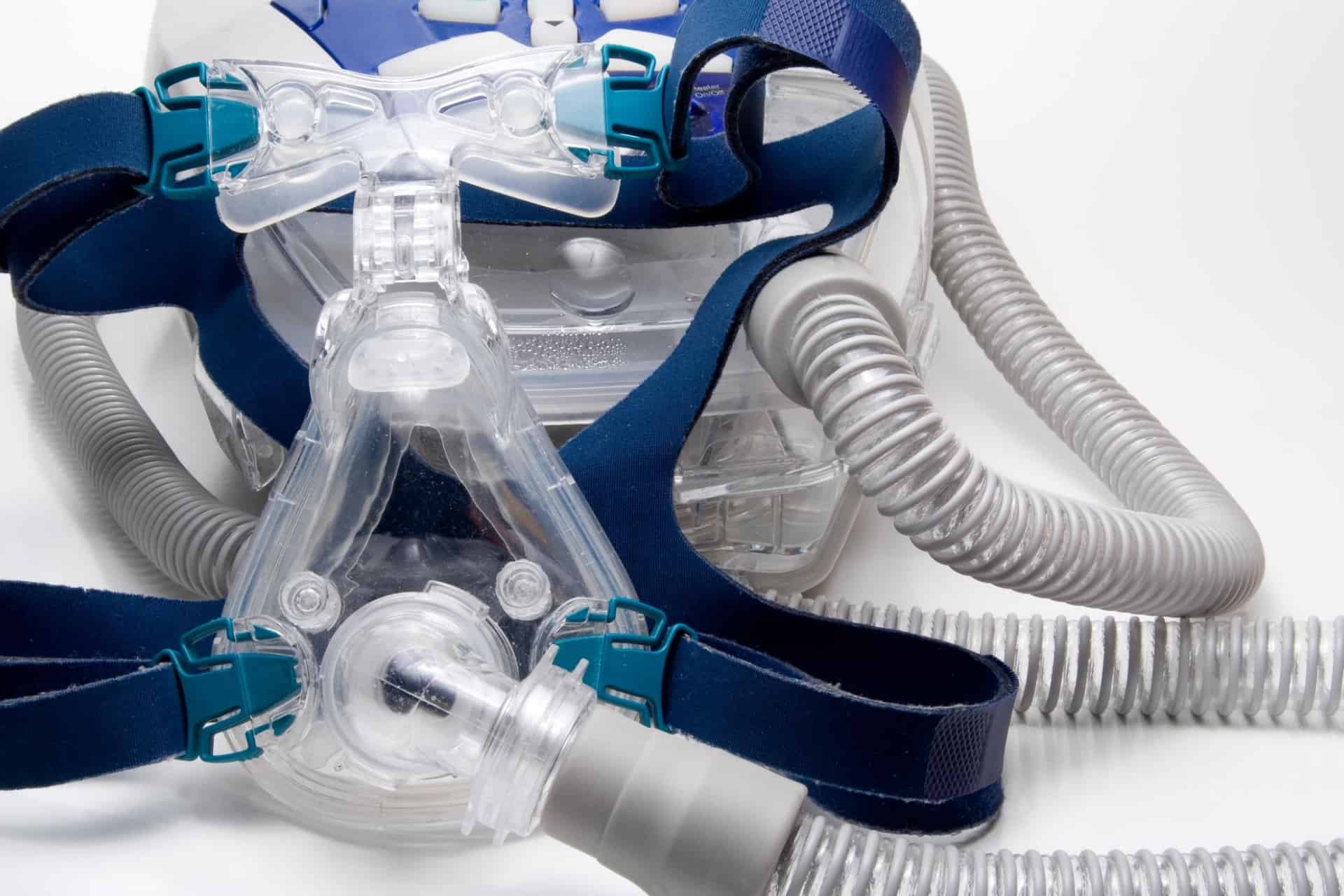Getting used to sleeping while wearing a CPAP mask and other equipment is a challenge that many people face. We want you to know that you are not alone in the anxiety and regular discomfort that comes with learning how to adapt to sleeping with your CPAP.
However, we are here to provide you with some suggestions on adapting to your new cpap mask in a way that is easy and on your own terms.
We’ve said it before, and we’ll say it again: creating a regular pattern to follow before bed is an essential component of getting sufficient rest. Even while getting the recommended amount of sleep—eight hours—is critical, there are a lot of things in our environment that might make it difficult for us to get to sleep and stay asleep.
See Also: A Guide to Fitting and Replacing CPAP Masks
The following are a few key components that should be included in an effective routine to follow before going to bed in order to signal to your brain that it is now time to shut down.

- Make it a goal to maintain a consistent schedule when it comes to when you go to bed and when you get up, even on the weekends.
- Avoid dozing off repeatedly during the day.
- If you decide to exercise, the morning is the best time to do so.
- After 4 in the afternoon, you should avoid drinking caffeinated beverages.
- Establishing a defined routine before going to bed is essential (shower, oral hygiene, close electronics, etc.)
- Try to limit your exposure to “blue light” coming from electronic screens and other sources.
If you are new to treatment with CPAP and are trying to adjust to it, following these easy rules will make it much simpler for you to fall asleep and will likely minimize the amount of time it takes for you to acclimatize.
While You’re Awake, You Should Continue to Use Your CPAP.
Wearing your CPAP mask while you are awake is one of the most effective ways to acclimate yourself to using it. You are more likely to have feelings of discomfort, and in extreme cases, claustrophobia, if you merely throw it on before you attempt to go to sleep.
To begin, we recommend that you use the CPAP mask when you are awake and standing up straight. If you wear it while you watch television, play games on the computer, or read a book, you will have a better sense of how it fits, which will allow you to modify it so that it provides the most comfort possible.
If you remain vigilant while you are wearing it, you will have a greater degree of control over it, and you will be able to wear it rather than having it wear you. You should also keep in mind that there are several distinct types of CPAP masks available to you, and that one of these masks may be better suited for your face or the treatment that you are receiving than the others. Be sure to discuss the many possibilities for your CPAP mask with the patient care person who is caring for you.
Make the Necessary Changes to Your CPAP Settings
When using the mask for the first time, it is very usual to experience feelings of discomfort, especially if your air pressure settings are turned on. According to the findings of your sleep study, the doctor who is going to review it will give you instructions on how to adjust the air pressure on your CPAP machine.
These settings can fluctuate, making it difficult to find a comfortable balance for yourself. Customizing your adjustment settings for when you lie down and using the “ramp” option on your CPAP are two actions that can make adjusting to your CPAP mask more effective.
These steps can be taken when you first start using the mask. Because the shape of your face will shift depending on whether you are sitting up or lying down, once you’ve gotten used to wearing your CPAP mask while you’re awake and standing, you should give it a shot when you’re asleep.
The curves of your face will be different. After you have determined that the mask fits you perfectly, you will need to test the mask’s seal by increasing the air pressure. Another test is going to be given because you might find it challenging to adjust to the current air pressure levels while you’re attempting to get some shut-eye.
If this is the case, you need to ensure that your CPAP machine has a “ramp” option that you may use. If you do this, the air pressure will begin at a low setting and gradually build over a short period of time. This will give you enough time to get some shut-eye before the full pressure setting takes effect.

Maintain a Clean CPAP Mask and Machine.
CPAP mask can, in extremely unusual circumstances, cause the wearer to have an allergic reaction, which was previously far more prevalent. This used to be the case since some CPAP masks were manufactured using latex, but these days, this is an extremely unusual occurrence, and the only time it actually occurs is when you buy an older CPAP machine.
Silicone or gel will almost always be used as a replacement for latex in more modern CPAP machines. It is more likely that you will experience an allergic response on the very first night that you wear the mask than it is that it will occur later on in the course of your CPAP treatment.
After a certain point in their treatment, many patients who believe they are experiencing an allergic reaction are, in fact, suffering from the adverse effects of improper CPAP hygiene. It is essential that you keep your CPAP mask and hose clean by giving them a light washing at least once every week, if not more frequently than once every other day.
If your mask is not cleaned correctly and frequently, bacteria will eventually form as a result of the combination of the fact that you will be breathing into it for several hours each night and the built-in humidification system.
Because of this, one could end up with a skin infection or any other form of adverse impact. Purchasing new parts on a regular basis to keep up with treatment’s quality is another method for minimising the risk of undesirable side effects.
Your life will ultimately be improved by receiving CPAP treatment since it will allow you to get the restorative sleep of a high-quality that you require.
The use of a continuous positive airway pressure (CPAP) mask for treatment of sleep apnea has been shown to have a positive long-term effect on both the patient’s quality of life and their chance of developing certain health complications that are connected with untreated sleep apnea.
It will become a pleasant part of your life and have you sleeping better than you ever have before if you keep a positive attitude about your CPAP mask use and make sure you acclimate to it on your terms.
